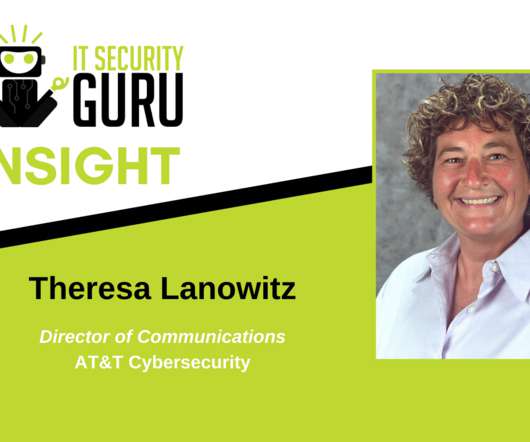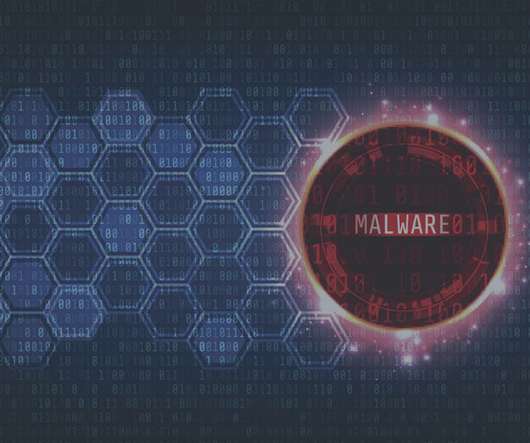10 Effective Ways to Prevent Compromised Credentials
Identity IQ
JULY 17, 2023
In fact, last year 55% of identity crime cases reported to the Identity Theft Resource Center (ITRC) were due to compromised credentials. In this blog, we provide you with ten actionable ways to safeguard your digital identity, focusing specifically on how to prevent compromised credentials.



















Let's personalize your content